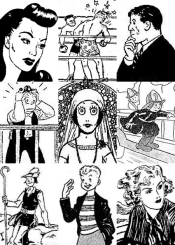 Newspaper comic strips debuted in North America in the later 19th century. The Yellow Kid is credited as the first and thankfully we have examples here!
Newspaper comic strips debuted in North America in the later 19th century. The Yellow Kid is credited as the first and thankfully we have examples here!Slowly the the art form developed into what we now all recognize as a comic strip.
Another strip we have in our collection is Gasoline Alley which appeared in 1918 and is still going strong. Making it one of longest running comic strips.
Comic strips generally fall into two different categories: daily and Sunday. The Sunday strips are normally in color, whereas the daily ones are predominately black and white.
Most are strips are syndicated, but there are a few which only appear in one newspaper.
Anyway, enough of the lecture, have a rummage around and see what goodies you can find.
You are WELCOME to enjoy our site & read ALL our books online. But to download & join our forum please create a FREE account or
login
Newspaper Comic Strips
Ace O'Hara
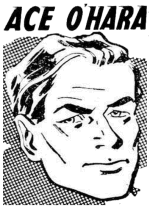 |
| ||||||||||
Adam Ames
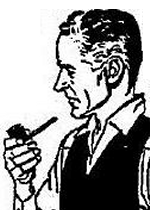 |
| ||||||||||
Angel Face
 |
| ||||||||||
Ben Webster
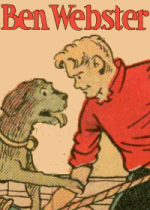 |
| ||||||||||
Billy Make Believe
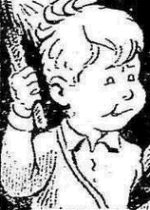 |
| ||||||||||||
Bobby Make Believe
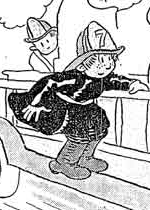 |
| ||||||||||||
Boob McNutt
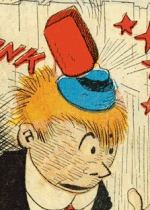 |
| ||||||||||||
Boots And Her Buddies
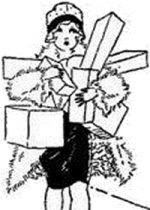 |
| ||||||||||
Bringing Up Father
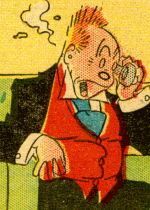 |
| ||||||||||
Buck Ryan
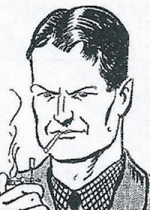 |
| ||||||||||
Bungle Family
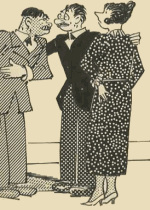 |
| ||||||||||
Buster Brown
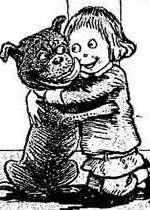 |
| ||||||||||||
Buz Sawyer
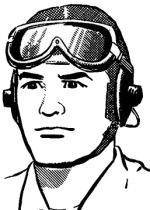 |
|
The Captain and the Kids
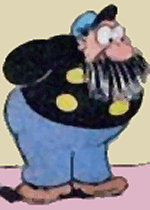 |
| ||||||||||||
Captain Easy
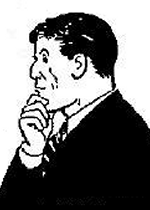 |
| ||||||||||
Charlie Chan
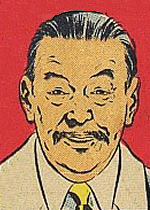 |
| ||||||||||
Charlie Chaplin
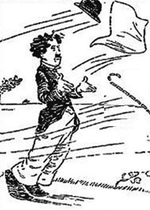 |
|
Chris Welkin
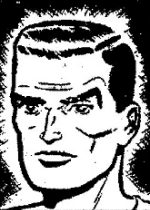 |
| ||||||||||||
Comic Strip ads
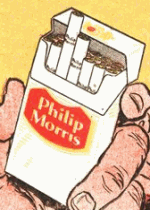 |
| ||||||||||
Corky
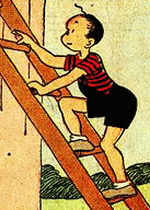 |
| ||||||||||
Dan Dunn
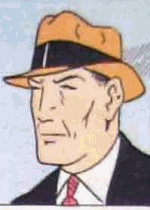 |
| ||||||||||||
Dixie Dugan
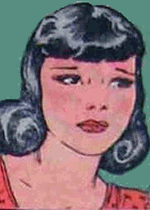 |
| ||||||||||||
Don Dixon and the Hidden Empire
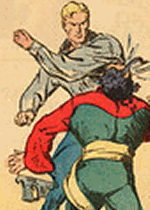 |
| ||||||||||||
Ella Cinders
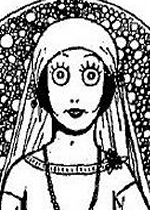 |
| ||||||||||||
Flyin' Jenny
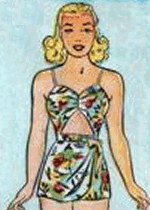 |
| ||||||||||||
Fox Syndicate Sunday Strips
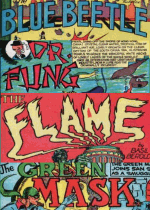 |
| ||||||||||
Frantic Stein
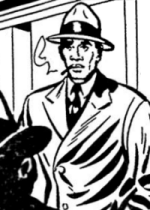 |
| ||||||||||
Gasoline Alley
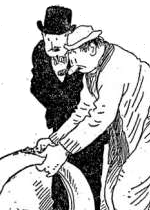 |
| ||||||||||||
High Lights of History
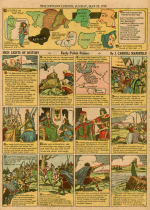 |
| ||||||||||
Invisible Scarlet O'Neil
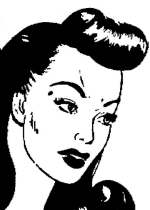 |
| ||||||||||||
Joe Palooka
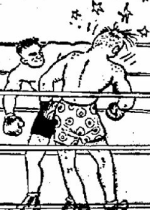 |
| ||||||||||||
Just Kids
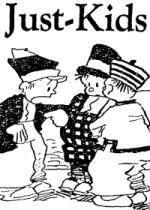 |
| ||||||||||
Ken Winston
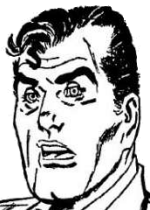 |
| ||||||||||
Krazy Kat
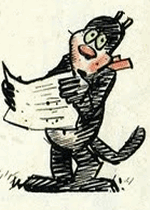 |
| ||||||||||||
Lesley Shane
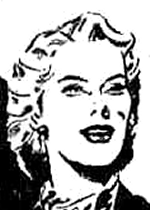 |
| ||||||||||
Little Nemo
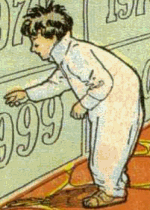 |
| ||||||||||||
Minute Movies
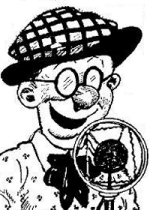 |
| ||||||||||
Myra North, Special Nurse
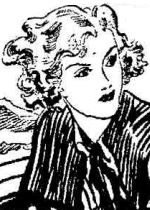 |
| ||||||||||||
Napoleon and Uncle Elby
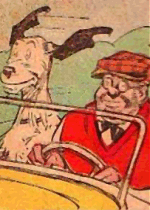 |
| ||||||||||||
Oaky Doaks
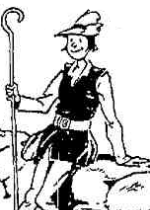 |
| ||||||||||||
Old Opie Dilldock
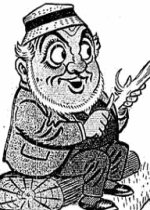 |
| ||||||||||
Our Boarding House
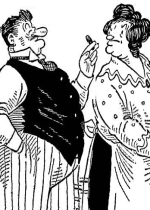 |
| ||||||||||
Out Our Way
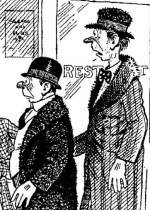 |
| ||||||||||||
Polly and Her Pals
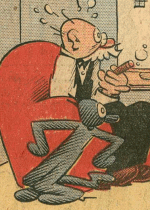 |
| ||||||||||||
Private Lives
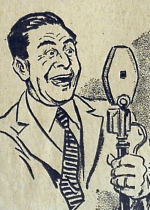 |
| ||||||||||||
Sparky Watts
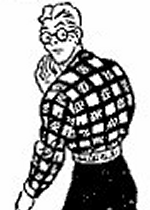 |
| ||||||||||||
Tailspin Tommy
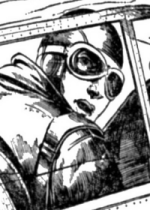 |
| ||||||||||||
Teena
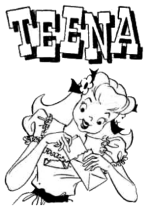 |
| ||||||||||||
Terry and The Pirates
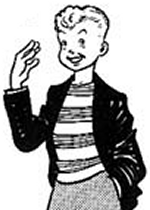 |
| ||||||||||||
The Thimble Theater
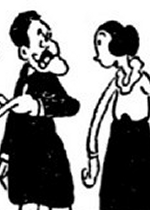 |
| ||||||||||||
U.S. Newspaper Comic Sections & Supplements
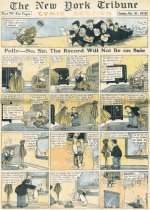 |
| ||||||||||
Vignettes of Life
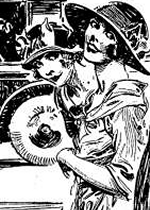 |
| ||||||||||
War On Crime
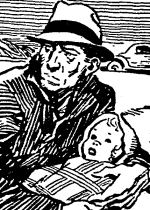 |
| ||||||||||||
Wash Tubbs
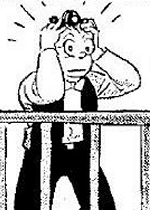 |
| ||||||||||||
Yellow Kid
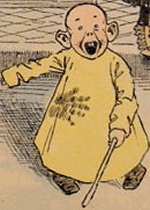 |
| ||||||||||||
Single And Small Run
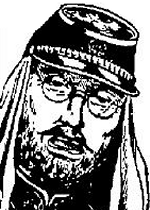 |
| ||||||||||



